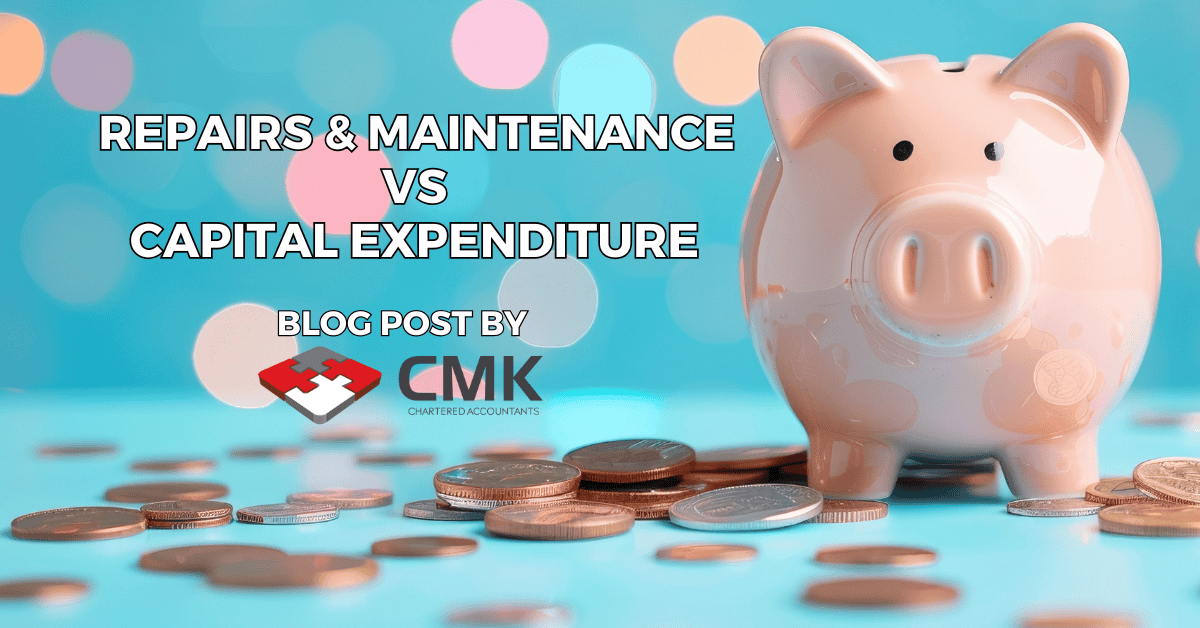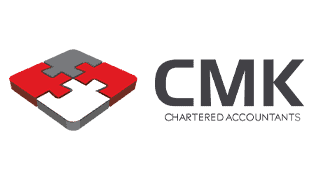News

Repairs and Maintenance vs Capital Expenditure
This blog post is brought to you by:

Operating a dairy farming business comes with significant expenditure. Some of the costs of running your business are repairs and maintenance (which forms part of your farm working expenses) and some are capital expenditure. What are the differences, and what does it mean from a tax perspective?
Repairs and Maintenance
In simple terms, repairs and maintenance are costs and activities associated with fixing and maintaining existing equipment, infrastructure, and facilities on your farm.
Examples of this include repairing milking machines, fixing fences, maintaining cooling systems, or repairing farm buildings.
Capital Expenditure
These expenses generally refer to costs to purchase or upgrade assets on your farm. These are typically large, one-off expenses intended to enhance your farm’s capacity or efficiency over the long term.
Examples of this include building a new haybarn, upgrading your cooling systems, or putting in or significantly upgrading your feed system.
How do I determine if it’s repairs and maintenance, or capital?
At times it may seem as though these lines are blurred, however Inland Revenue takes a particular stance when it comes to differentiating between repairs and maintenance, and capital expenditure. Your Accountant will also be able to guide you through this decision and the impact.
The most important questions in determining repairs and maintenance or capital, are:
- Identifying the asset. Is it an asset on its own, or part of a larger asset? Does it operate on its own or as part of a larger asset?
- What nature and type of work is being carried out? Does it change the nature of the asset, or lead to improvements in the asset?
- Is this a one-off transaction, or a frequent one?
What are the impacts of repairs and maintenance vs capital costs from a tax perspective?
Repairs and maintenance are considered to be tax deductible. This means that the cost of the work is an expense that is deducted from your income, reducing your profit and therefore any tax liability. You will receive a tax deduction in the year in which you incurred the expenditure, providing you with an immediate tax benefit.
Capital work is not tax deductible. It is depreciated at a value given by Inland Revenue, and the depreciation is a tax-deductible expense. The asset is depreciated over time, giving a tax deduction over many years.
In summary, it is important to determine whether the work you are undertaking on your farm is of a capital nature or considered repairs and maintenance. While often this doesn’t lead to a different on-farm decision being made, knowing the tax implications is essential.
If you’re unsure on how a particular transaction may be treated, or want advice to ensure you are maximising tax deductions and therefore making the best tax decisions for your farming business, please contact CMK for a no obligation chat. Visit us at www.cmk.co.nz















